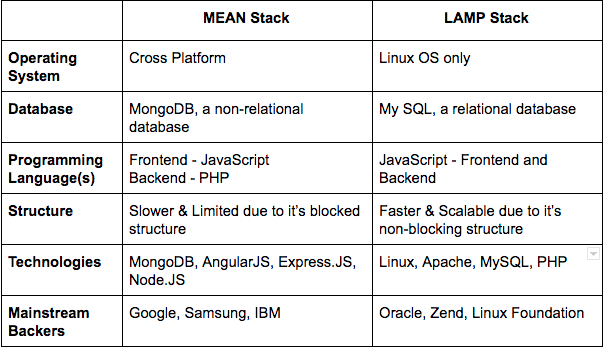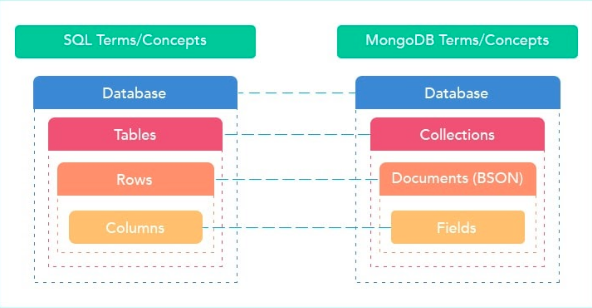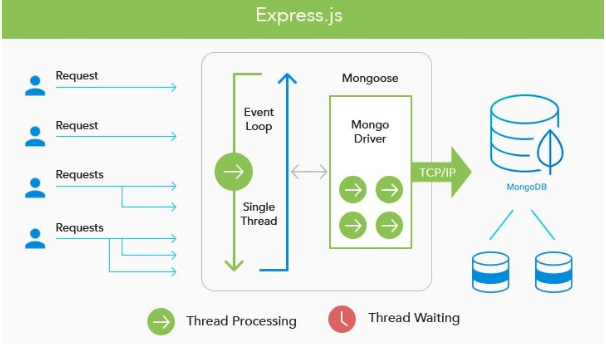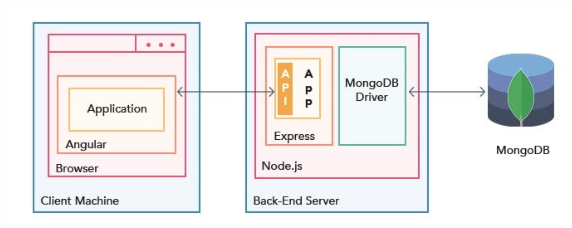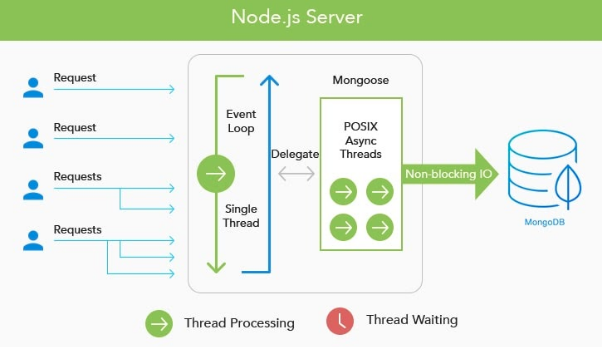Why is it High Time to Say goodbye to LAMP Stack & Hi to MEAN Stack?
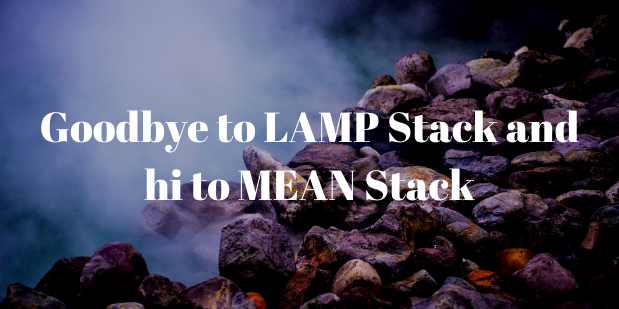
If you have worked on both MEAN stack and LAMP stack then you will know the flexibility of MEAN stack provides. MongoDB is a NoSQL database that provides flexible data storage layers, and Node.js keeps your server running continuously. It harnesses the potential of faster computer networks. And Express.js standardizes the web application development and Angular.js allows interactive gestures on web applications. Together, they form the MEAN stack. And as a developer, now you can realize that LAMP stack which consist of Linux, Apache, MySQL, and PHP is not flexible and is there just to serve their purposes.
On the other side MEAN stack offers flexibility along with simplicity that LAMP doesn’t have. Earlier, people used to consider WordPress as web development but it has evolved since. With the availability of so many technologies, the problem is which technology you should adopt for your next project. If we take a look at AngularJS, then this powerful framework which is backed by Google that overcomes the limitation of HTML in single page application development.
The MEAN Stack
With latest technologies in hand, developers are looking to create frameworks that can host maximum user engagement on their web app. There are many and MEAN stack is one of such modern web applications. Introduced in 2014, MEAN has transformed the way web development progresses. Let’s look at the four major components in MEAN Stack:
1. MongoDB – It is used by your back-end application to store its data as JSON(JavaScript Object Notation) documents.
2. Angular.JS – A front-end web application framework, runs your JavaScript code in the user’s.
3. Express.js – A back end web application framework running on top of Node.js.
4. Node.js – A JavaScript runtime environment – It lets you implement your application back-end in JavaScript
5. Browser – Allowing your application UI to be dynamic
MEAN stack is all about JavaScript – backend development, frontend development, or server, all are done in the same programming language. Access to the database is through MongoDB’s Idiomatic driver. Drivers facilitate interaction using typical JavaScript concepts such as objects and async execution using either callback functions or promises.
The database System: MongoDB
MongoDB has the best of both worlds: fast, scalable key-value stores of NoSQL and rich functionality of relational databases. Unlike relational databases MongoDB stores BSON documents inside collections with active schemas. MongoDB’s document data model stores data regardless of its structure and doesn’t void existing authentication rules, data access, and indexing functionality unlike MySQL that stores data in specific rows and columns. So, with MongoDB you can actively adjust the schema without interruption trivial for swiftly scaling web applications.
Express.js – Backend Web Framework
Express is a web application framework that executes back-end application code. Express is a module Node.js environment and runs under it. Express handles allocation of requests to different parts of an application. Express executes the part of a web app’s code that is responsible for business logic and returns an HTML file to be compiled by a web browser. However, Express mostly gives a RESTful APIs that the front end can access with a single line of code.
AngularJS – The frontend framework
AngularJS helps you with making a better reactive user interface by rendering JavaScript code in a web browser’s environment. Unlike static web forms where you have to fill in the form and hit submit, reactive UI reflects a user’s input without refreshing the entire page but only the essential components.
When you implement your web app frontend as a group of components. A JavaScript code attached to an HTML template contains hooks to execute and employ the results from your JavaScript functions. Multifaceted application front-ends can be built from many simple or nested components.
Angular Application code can compile in the backend server rather than in the frontend browser.
The backend runtime environment: Node.jsm
A JavaScript runtime environment to run on your back-end application with the help of Express, Node.js based on Google’s V8. It is a JavaScript engine that powers Google Chrome. There are many of its modules which are essential for deploying web applications on the MEAN stack including HTTP, 3rd party modules can be installed with npm tool.
Node.js is very important & beneficial for the backend runtime environment. It is asynchronous and event-driven, that means an application doesn’t poll an acknowledgement to a request. It resumes other tasks in the meanwhile. Upon completion, a callback request informs the application and it can also start tasks which are optimal resource utilization. MongoDB cab works asynchronously too and, thus, works well with Node.js applications.
JavaScript – One Language to Rule Them All
Yes, that’s perfect, every code in MEAN stack is JavaScript. On the other hand, in LAMP stack, server-side in coded PHP and the client side in JavaScript. In this a query is sent using MySQL, which is unlike stack. MongoDB is again JavaScript, it’s a binary version of JSON. So, the same language works, client and the server side.
Cost Effective While Fast and Scalable
Let us put it in this way – a team of JavaScript developers can code for server side and client side using MEAN stack. So, no need to hire separate teams for different technologies. And the same developer can switch roles between a frontend and backend developer. This can save you a lot of money, as a single team of MEAN stack developers is all you need and for the first time a full stack developer needs to know only one language.
Advantages of Node,js
Node.js is a crucial part of MEAN stack and is a very scalable and robust framework. The best thing about Node.js is the runtime environment and it complies with non-blocking input and output. Whereas in LAMP stack, the client had to direct a request for the query to be created. With Node.js, this happens automatically.
The MongoDB Advantage
MongoDB is the database web developers need while managing huge amounts of data. The whole thing works like OOPs and makes way for easy, effective handling.
Open Source
technologies that bring us MEAN stack are all open source. That is, developers get access to the codes of each technology and can modify the core to meet their individual needs. The technology doesn’t cost a buck to use and distribute, which means you only can use it for personal use but also can install them on your employees personal workspaces.
A large community of individual and corporate contributors and sponsors back the technologies in the MEAN stack and the MEAN stack itself. You can take from other programmers, experts, and other people who have worked on it. So, now you know why it is high time to say Hi to MEAN Stack and Goodbye to LAMP stack. We hope we have covered all the right & every information in this blog.
